Fort Wellington, West Coast Berbice which has a population of just about 100 residents is located about 54 miles from Georgetown and is the administrative centre of Region Five.
The Regional Democratic Council (RDC) office is located in the village as well as the hospital, police station, magistrate’s court, National Insurance Scheme office, Guyana Elections Commission office and a post office.
It also has a People’s Militia building and a plant nursery that is operated by the National Agricultural Research Institute (NARI) as well as a branch of Anthony’s Funeral Home.
Some of the residents are employed at the regional office, the hospital, Bush Lot Health Centre and other nearby businesses.
The village has a nurse, a teacher, an engineer, a police officer, a counsellor, mechanic, a cruise ship worker and snackette vendors.
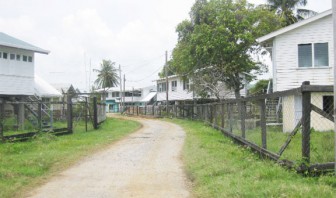
The children attend the Hopetown Primary School and after sitting the Grade Six exams they move to the Fort Wellington Secondary School located in nearby Onder-neeming Village or the Rosignol and Bush Lot Secondary.
Hubert Thomas, 59, and his wife, Enid have been selling cakes, pastries and other food items at the canteen at the Fort Wellington Secondary for the past three years.
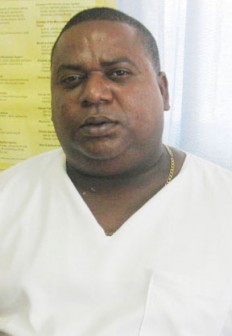
According to them, the canteen would go up for tender for the new school year and they are not sure if they would remain there. That prompted them to start operating a snackette in front of the hospital.
They moved to Fort Wellington 10 years ago and described it as quiet and peaceful. They said the streets could be in a better state but they were happy that the region would start fixing them soon. Enid was also concerned that an electrical pole in the area needs to be changed and the Guyana Power & Light was not responding to the reports.
A short distance away, Yonette
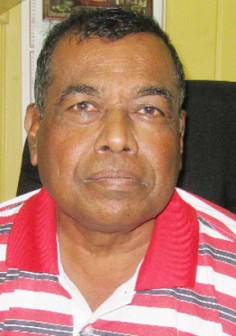
Dehnart also operates a snackette. She has been living in the village for the past 10 years. Since then she said she has seen “a lot of progress.”
Dehnart, a mother of three said her business venture is “reasonable.” She starts her day very early in the mornings preparing her pastry, egg balls, channa and other goodies to sell.
At the NARI Plant Centre, research assistant, Shelika Vyphuis said they have in stock all types of cash crop and fruit plants including papaya, tomatoes, bora and boulan-ger to cater for the farmers’ needs.
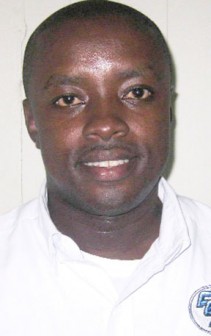
The garden was also blooming with fruits and vegetables but Vyphuis said the produce was not for sale but was left for seeds. These are first sent to the NARI head office at Mon Repos on the East Coast for processing.
Fraser’s Educational Institute
A resident, Marlon Fraser operates a private educational institution at Hopetown that students from all parts of West Berbice, Mahaicony and even a few from President’s College attend for extra lessons.
Fraser, a former acting manager with the National Insurance Scheme provides classes for eight subjects including Accounts, Business,
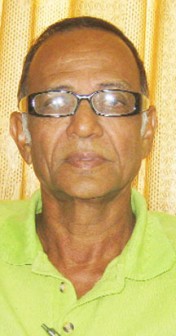
Human and Social Biology, Integrated Science, Maths and English. He is working towards getting the school registered as a full private institution this year. In the beginning he was so elated when a few of his students achieved distinctions that he started honouring them using his personal funds.
That has motivated others to work harder and the number has grown over the years. He now has to seek sponsorship to honour over 35 outstanding students at this year’s prize-giving exercise.
Comparing the results of the students in the region who attend his lessons with other students he found that his students had performed a lot better. “Our success is good,” he said proudly. “We produced students who obtained distinctions in every subject area except Integrated Science.”
Fraser who has been living at Fort Wellington for the past four years gained a place at the Berbice Educational Institute in New Amsterdam after passing the Common Entrance.
Just to avoid having to travel with the ferry, his mother sent him to live with an aunt at Linden where he attended the McKenzie High. After that a lot of his cousins followed him, he said.
Dr Ivla Alexander Sinclair
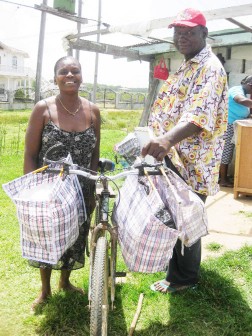
Ivla Alexander Sinclair, 45, has been residing in the government compound since 1998 and is a senior doctor in general practice at the Fort Wellington Hospital (FWH).
Born in Leguan, Essequibo Islands, Dr Sinclair moved to Leonora, West Coast Demerara at the age of four and attended the Leonora Primary School and then St Joseph High School as well as St Stanislaus College where he wrote the A-Level examinations.
After undergoing one year of National Service training he
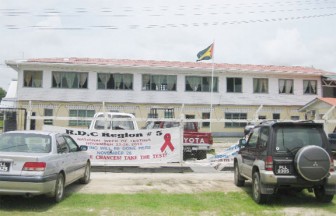
was granted a scholarship to study medicine in Russia. He left Guyana in 1985 and upon his return in 1992 he worked briefly at the Georgetown Hospital. He was subsequently sent to the New Amsterdam Hospital (NAH) where he served until 1995.
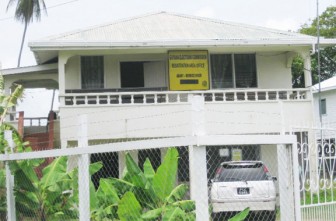
In 1996 he was transferred to Kwakwani Hospital and then the Bartica Hospital where he spent one year each before returning to New Amsterdam. He was sent to the FWH in 1998.
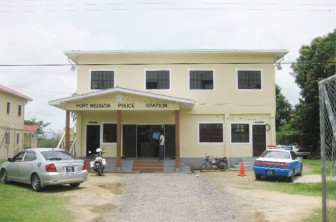
According to him, the FWH offers services such as routine and tuberculosis clinics, physiotherapy, x-rays, dental care, deliveries, laboratory services, EKG tests, pharmacy and mortuary as well as medical services after 4.30 pm.

The hospital would soon be acquiring a new ambulance and is also hoping to offer an ultra sound service.
Dr Sinclair said patients would be referred to the Mahaicony Diagnostic Centre for services that are not provided at the hospital.
A plaque on the wall states that “this hospital with furnishings, staff housing and mortuary was built through the efforts of the people with assistance of the Government of Guyana, the United Kingdom and the USA.” It also said that “it was inaugurated on the 28th September, 1969 by the honourable LFS Burnham, Prime Minister… ”
History
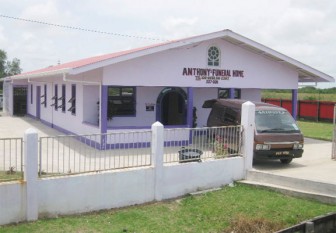
Regional Councillor, Carol Joseph who lives at Hopetown told the Sunday Stabroek that Fort Wellington was originally part of Catherinas Lust. “It was never a village, but a place,” she explained. An English fort was located at the spot where the old police station was sited and was named Fort Wellington.
The village got its present name when surveyor, T R Earl was doing the demarcation of the region. It is bounded by Onderneeming Village to the west and Naarstigheid, an unpopulated area which was once a Dutch plantation, to the east.
The land at Fort Wellington belonged to the Hopetown Land Co-op Society (HLCS) and in the days of the People’s National Congress, portions were donated for the establishment of the hospital and government offices. The land where the accounts department of the region is located is still owned by the Anglican Diocese. The HLCS sold other portions of the land to members to build houses.
Anglican Church
The St Michael’s Anglican Church was established in 1830 by English planters who lived at the Bath Estate, close to the railway line at the back of the village.
Joan James, a resident of St John, Hopetown told this newspaper that the slaves were baptized and many of their children were named after the plantation owners. Afterwards, she said the church became too small and the planters relocated to the roadside where they started to build another church. Construction was completed in August 1842 and at that time it was the only Anglican Church in West Berbice.
“All the residents from Belladrum to Rosignol used to worship there. They used to walk or come by donkey carts,” she said.
The village also had a building which housed a garrison for the soldiers and a hospital in another sections for the “planters personal use.”
Chairman of Region Five, Harrinarine Baldeo told the Sunday Stabroek that his office is located at the spot where the District Commissioner’s headquarters was. He commended the HLDC for their efforts in developing the scheme. The chairman was happy too that “for the first time in history, the FWH has four doctors.”
The region stretches from the Mahaica Bridge to Yakata in the Berbice River. The overall responsibility of the region is to supervise the Neighbourhood Democratic Councils and manage the government affairs.
Vice-chairman, Jalallodeen Baksh told this newspaper the region has to send its budget to central government in order to obtain funds to build and maintain streets and drains.
The RDC also houses the education department, housing sector and the engineering department.




